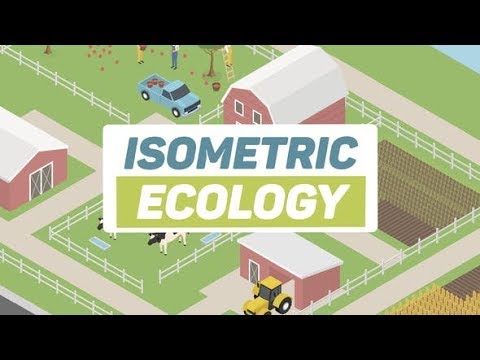
In a world increasingly aware of environmental issues, the design community is responding with a commitment to sustainable practices. One area that is often overlooked in this transition is typography. Typography is not just about choosing fonts; it plays a critical role in how information is communicated and can significantly impact the sustainability of design projects.
Typography is a key element in any design project. It affects readability, brand perception, and user experience. In the context of sustainable design, it can also reflect a commitment to eco-friendly practices. By selecting sustainable typefaces and employing thoughtful typography strategies, designers can contribute to a more sustainable future.
Sustainable typography refers to the use of typefaces and typographic practices that minimize environmental impact. This can include:
When selecting fonts for a sustainable design project, it’s essential to consider how these choices can influence the overall environmental footprint. Here are some characteristics of eco-friendly fonts:
Fonts that use less ink can significantly reduce the environmental impact of printed materials. These fonts are designed with thinner lines and less density, which means less ink is required during printing. Some popular ink-saving fonts include:
Choosing open-source fonts not only supports the design community but also reduces costs and environmental impact. Some well-known open-source fonts include:
Using versatile fonts that can be employed across various media helps reduce the need for multiple font purchases. This approach minimizes waste and supports a more sustainable design practice. Look for fonts that are:
Once eco-friendly fonts have been selected, the next step is to integrate them effectively into your design. Here are some strategies for designing with sustainable typography:
Readability is paramount in design. A typeface that is hard to read can lead to wasted resources as users may print documents multiple times. Ensure your typography is:
In the digital age, many designs are viewed on screens rather than printed. Optimizing typography for digital platforms can save paper and reduce waste. This includes:
The layout of your typography can significantly affect its environmental impact. Thoughtful layout choices can help minimize waste in printed materials. Here are some tips:
Many brands and designers are leading the way in eco-friendly typography. Here are some notable examples:
The Nature Conservancy uses simple, legible fonts that convey their message of environmental stewardship effectively. Their typography choices reflect their commitment to sustainability, utilizing green color palettes that resonate with their mission.
IKEA’s use of typography is a perfect example of sustainable design. They implement sans-serif fonts that are easy to read and accessible to a wide audience. Their commitment to sustainability extends beyond products to their branding materials as well.
National Geographic has long been known for its stunning visuals and compelling typography. Their use of bold typefaces draws readers in while maintaining a strong focus on environmental education and awareness.
As we move forward, several trends are emerging in the realm of sustainable typography. These include:
More designers are creating custom fonts that are not only unique but also designed with sustainability in mind. These fonts can be tailored to specific projects and can incorporate ink-saving features.
As the design community becomes more aware of the impact of typography on sustainability, we can expect to see a greater emphasis on choosing eco-friendly typefaces and promoting them within the industry.
With advancements in technology, digital typography is evolving. Future trends may include AI-driven typography that optimizes fonts for readability and environmental impact based on user data.
In conclusion, eco-friendly typography is a vital component of sustainable design. By choosing the right fonts and implementing thoughtful typographic strategies, designers can significantly reduce their environmental impact. As awareness of sustainability continues to grow, the design community has the opportunity to lead the way in eco-conscious practices. By embracing sustainable typography, we can contribute to a healthier planet and create designs that are not only beautiful but also responsible.
As a designer or a business owner, consider the impact of your typography choices. Start by researching and selecting eco-friendly fonts for your next project. Together, we can make a difference by promoting sustainability in every aspect of design.